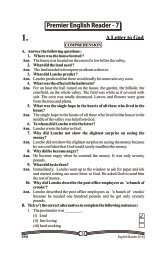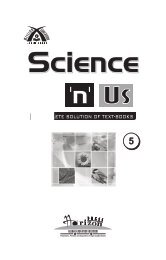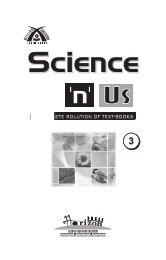We 'n' Our Society - 6.pdf - School Books Publishers India
We 'n' Our Society - 6.pdf - School Books Publishers India
We 'n' Our Society - 6.pdf - School Books Publishers India
Create successful ePaper yourself
Turn your PDF publications into a flip-book with our unique Google optimized e-Paper software.
6. List the main sources of revenue for the king.Ans. Main sources of revenue were :1. Agriculture was the main source of revenue. The Farmers paid onsixth of the production to the king as ‘Bhaga’.2. Craftsman, blacksmiths, potters paid taxes either in cash or kind.3. There were taxes on buying and selling of goods.4. Hunters and gatherers had to provide forest produce as a tax.5. Herders were to pay taxes in the form of animal produce or animals.7. Describe the political conditions during the Later Vedic Period.Ans. Later Vedic Period marked a definite stage in the political history of<strong>India</strong>. The Aryans spread out into the Ganga Valley. Big kingdomsdeveloped with well-defined territory and government. <strong>Society</strong> wasdivided into Janapadas and Mahajanapadas.There were two types of Mahajanapadas-Republic and Monarchies.Some Mahajanapadas were republic which were ruled by a groupelected by the common people. There was no king. While theMonarchical Mahajanapadas were ruled by the king having hereditarysystem.8. Name the four Varnas. What tasks did each perform.Ans. The Varna system was prevalent during the Later Vedic Period. Butnow these Vernas had become hereditary. These four Vernas were :1.Brahmins taught the Vedas and performed religious rituals andsacrifices.2.Kshatriyas were warriors and fought wars.3.Vaishyas did trade and agriculture.Only these three Varnas were allowed to study Vedas and toperform sacrifices.4.Shudras had to do manual work and to serve the three vernas.7.GROWTH OF NEW IDEAS(UPANISHADS, JAINISM AND BUDDHISM)ExercisesA. Tick (3) the correct answer :1. Upnishads are also called as :(a) Kena Upanishad (b) Vedanta3(c) Both on them(d) None of them2. According to upanishads, the whole life span is divided into howmany Ashrams?(a) Five(b) Four3(c) Two(d) Three3. Who was the founder of Buddhism?(a) Vardhman Mahavira (b) Gautam Buddha3(c) Both of them(d) None of them49Horizon Press <strong>We</strong> <strong>'n'</strong> <strong>Our</strong> <strong>Society</strong> – 6





![Enjoy with Social Life-4 [74-105] - School Books Publishers India](https://img.yumpu.com/49489719/1/166x260/enjoy-with-social-life-4-74-105-school-books-publishers-india.jpg?quality=85)
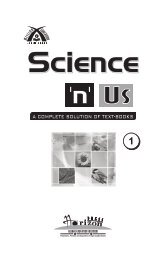


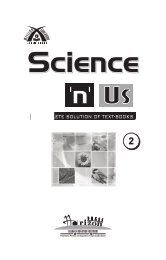
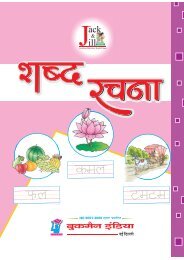


![Enjoy with Social Life-2 [26-50] - School Books Publishers India](https://img.yumpu.com/44509443/1/166x260/enjoy-with-social-life-2-26-50-school-books-publishers-india.jpg?quality=85)
